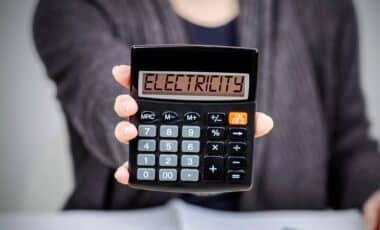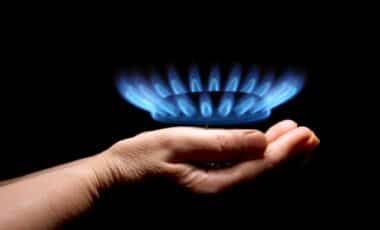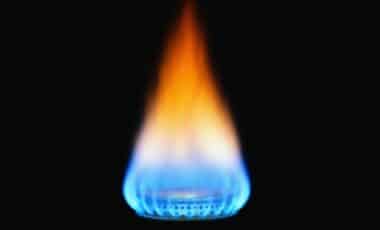Millions of Australian households are set to face significant increases in electricity prices this winter. The rise follows the Australian Energy Regulator’s final decision on the Default Market Offering, which sets the maximum price caps for energy costs.
According to News, these hikes are part of a broader trend that is impacting families already under financial pressure due to rising living costs.
Households across major cities such as Sydney, Melbourne, Brisbane, and Canberra are expected to see their energy bills climb, adding another financial burden during an already challenging period for many Australian families.
The final figures are expected to be communicated in the coming weeks.
The Price Hikes and How They Affect Households
According to Canstar’s analysis, electricity prices are rising across various Australian cities, with the following increases:
- Sydney: A jump of 8.6%, which means an additional $145 per year for the average household, bringing the total annual electricity cost to $1830.
- Melbourne: A 6.2% rise, adding $83 to annual bills, for a total of $1421.
- Brisbane: A 3.7% increase, or an additional $72, resulting in a total annual cost of $2019.
- Canberra: The steepest rise, with a 8.5% hike, adding an average of $191, making the total yearly cost $2436.
- Adelaide: A rise of $70, leading to an annual total of $2247.
These figures exclude the $75 federal subsidy.
Government Relief and What Households Can Do
To help offset the price hikes, the government has introduced the Energy Bill Relief Fund, which provides two quarterly payments of $75 directly applied to each household’s energy bills.
While this provides some relief, it may not be sufficient to fully mitigate the price increases, so households are encouraged to take additional steps.
Finding Better Energy Deals
Sally Tindall, Canstar’s data insights director, urges Australians to check the “reference price” they will receive in the coming weeks and compare it with market offers.
This “reference price” provides a useful benchmark to assess whether switching to a different provider could result in savings.
Tindall further explains that, while electricity bills can be complicated due to varying charges like daily supply charges, tiered electricity rates, and time-of-day pricing, the reference price simplifies the process and helps households make more informed decisions.
Tindall’s Advice
The cold hard truth is that electricity price hikes are pretty much inevitable in states such as NSW, Queensland, and South Australia this winter after the regulator approved hikes to the reference prices across all networks in these states – Ms. Tindall said.
The exact costs for your daily supply charge and electricity rates are up to each provider; however, unless you’re on an embedded network or in a state where there are limited options, this is one bill you can, and should, take control of.
Electricity bills can often be ridiculously confusing, with daily supply charges, tiered electricity rates, time-of-day pricing, and whether you’ve got a controlled load – she said.
However, if you just want to compare your options without getting into the weeds, the reference price is your friend.
This proactive approach could help households manage the higher costs this winter by identifying better deals in a competitive energy market.









